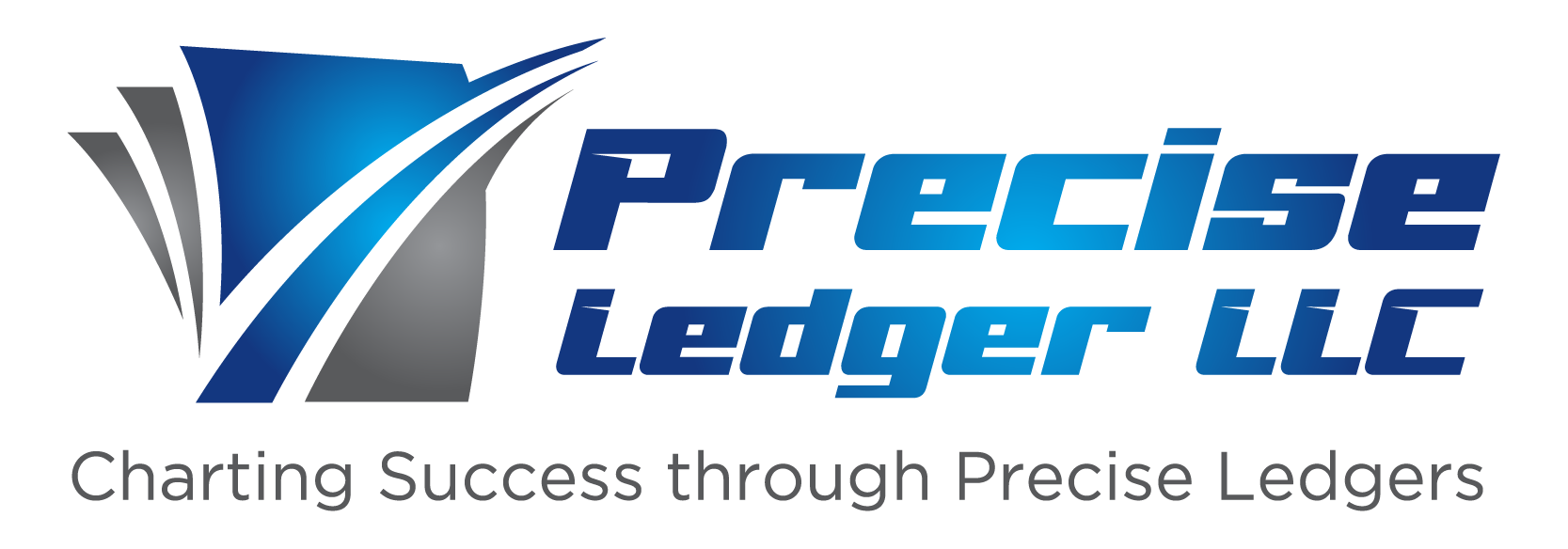With the correct setup of QuickBooks Online,, right from the start, it’s worth hours, money, and headaches to your business. Below is an all-inclusive checklist that will walk you through setting up QuickBooks for a small business and ensure that you will harness all of the features that QuickBooks Online has in store.
Step 1: Initial Setup
- Sign Up and Choose Your Plan: Choose the QuickBooks Online plan that best fits your business. Consider the kind of features you need: invoicing, expense tracking, or integration with payroll.
- Enter Basic Company Information: Enter the name of your business, address, contact information, and the date your financial records started. This information appears on most of your financial reports.
- Customize Your Chart of Accounts: The default chart of accounts lists the most possible financial activities that a business may have. Modifying it to include all such activities helps ensure that your transactions go to the right accounts from the very start.
Step 2: Connect Your Bank Accounts
- Link Bank and Credit Card Accounts: You can connect your bank and credit card accounts to QuickBooks Online such that your transactions will be imported automatically. Reconciliation thus becomes an easier task, and accuracy is guaranteed.
- Set Up Bank Feeds: Set up bank feeds to automatically update your books at regular intervals. This feature ensures real-time financial records and reduces the back-and-forth of the manual entry of data.
Step 3: Configure Initial Settings
- Set Up Preferences: This is the settings menu from which it is possible to set up all the preferences related to invoicing, sales, expenses, and taxes. Make sure everything is properly configured so that it is aligned with the running of the business under study.
- Enable Multi-Currency: In case your business deals with international transactions, this feature can be turned on to handle and report such transactions in many different currencies.
Step 4: Add Company Data
- Import Historical Data: Import historic financial data, including all previous invoices, bills, and transactions. This gives you a full overview of your financial history.
- Set Up Customers and Vendors: Add into the system details of customers and vendors, their contact details, and their terms of payment for facilitating smooth transaction processing and tracking.
Step 5: Integrate with Other Systems
- Leverage QuickBooks Online Integrations: Look and integrate other business systems like CRM, inventory management, and payroll services. QuickBooks Online integrations improve efficiency with the ability to have an automatic flow of information between systems.
- Connect Payment Gateways: Link up payment gateways—payment gateways like PayPal or Stripe can be linked to QuickBooks Online. This offers the ability to process payments effortlessly and reconcile those same payments.
Step 6: Set Up Transactions
- Customize Invoices and Sales Forms: Design invoices, sales receipts, and estimates to be in line with your corporate brand identity. It should be indicative of all the key details, such as the terms of payment, contact information, etc.
- Enter Opening Balances: Recording opening balances of bank accounts, credit cards, and other financial accounts is of utmost importance. Only reliable openings will ensure reports are accurately representing the financial state of the company.
Step 7: User Permissions and Security
- Set Up User Roles and Permissions: It assigns roles to users based on the nature of the job. This step not only helps safeguard sensitive financial information but also makes sure that only valid staff can view features.
- Enable Two-Factor Authentication: This feature should be turned on for enhanced security. Additional protection is provided to your QuickBooks Online account by this feature.
Conclusion
Setting up QuickBooks Online should be structured to ensure improved management of the finances. By following these steps, which this checklist outlines, you will be ensuring that your QuickBooks Online setup is thorough and relevant to your business. Proper configuration at the very start helps sidestep common missteps and ensures maximum benefit from all of QuickBooks Online’s muscular features. With the right setup system, your business is most likely to achieve enhanced financial clarity and increased operational efficiency—well aligned to the high standards of financial management in which Precise Ledger LLC believes. Do these steps and see how easy setup in QuickBooks for small businesses can change the way you do financial management.

 833-953-3437
833-953-3437